|
Radschool Association Magazine - Vol 31 Page 15 |
|
|
Privacy Policy | Editorial Policy | Join the Association | List of Members | Contact us | Index | Links | Print this page |
|
|
|
|
|
The Life and Death of VH – EAG, aka A20-627.
Prior being transferred to the RAAF register in March 1979 as A20-627, a B707-338C flew in Qantas livery as VH-EAG. She clocked up a lot of history in her 40 year life after leaving the production line in April 1968, going onto the Qantas register as VH-EAG, City of Hobart .
Planning Notice XP.098/68 dated 9th May 1968 covered the delivery flight under the command of Fred Fox.
On the 11th June 1968, with Dave Harden in command, she was the first B707 to land at Tullamarine, operating local promotional flights before the Terminal was commissioned. She flew her first commercial service on the 23rd June 1968, when she departed Sydney at 0800 for Brisbane, Auckland and Sydney.
She was renamed “Alice Springs” in February 1974, and later that year she’d operate 2 Cyclone Tracey relief flights with 271 and 226 evacuees on board. Not bad when you consider she was fitted with 172 seats, 169 of which were saleable.
|
|
|
Hostie’s Announcements over an aircraft’s PA…..
As you exit the plane, make sure to gather all of your belongings. Anything left behind will be distributed evenly among the flight attendants. Please do not leave children or spouses......except for that gentleman over there." |
|
|
She’d go on to operate the last B707 service through Brisbane (QF 95/96 Sydney, Brisbane, Port Moresby, Brisbane, Sydney on 2nd Feb 1979), and an Antarctica Flight (Adelaide/Adelaide later the same month) and then the last B707 service to Christchurch NZ (Mar 79) And on the 25th March 1979, with Captains Phil Oakley (Pilot in Command) and Geoff Molloy on board, she’d operate the last scheduled Qantas B707 service. Fittingly, it would be to Auckland, which hosted her maiden scheduled service on the 23rd of June 1968
In her
last two flights in Qantas livery, she operated QF16 Sydney/Melbourne with
104 pax stranded by the AT
14,498 landings had been recorded. Happily, she had the same number of takeoffs.
She was repainted in transitional livery pending her transfer to the RAAF as A20-627. This aircraft and 3 other ex QF airframes were later converted to dual role tanker/transports for the RAAF by Israeli Aircraft Industries and Hawker de Havilland.
I last flew on her, from Learmonth to Pearce in 1999 on the flight deck with about 150 thirsty members of the Pilbara Regiment keeping the Cabin Crew busy in the all Economy cabin. She’d been fitted with rear looking CCTV cameras, mounted under the fuselage on the centreline, and this provided a strange perspective of the takeoff.
It was a
Sunday and Pearce Tower and Approach were unmanned. Based on the forecast
supplied at L
The crew decided to attempt an approach on the reciprocal RWY from their present position and there was about 5” of purposeful activity as checklists were completed, the aircraft slowed, flaps and gear extended, and mandatory radio broadcasts made advising of the change of plan. After a pretty steep approach we landed without incident. |
|
|
In case of an emergency ditching into water, your seat cushions can be used for flotation; and, in the event of an emergency water landing, please paddle to shore and take them with our compliments. |
|
|
|
|
|
As the RAAF 707’s and I approached our use by dates, whenever one was scheduled through Pearce, I’d excuse myself on some pretext or another, take a ground to air radio, borrow a company car and head for the upwind threshold. I’d let the Tower staff know where I’d be and they’d advise the crew when clearing the aircraft to land. I’d park about 70m away from the RWY centreline, just off the runway strip and wait.
There was never a problem spotting the airplane. The purple/brown smudge was always a giveaway, even at 10nm. She seemed to arrive with a rush, accompanied by the usual high pitched compressor noise, and even on a trailing throttle, the noise was appalling. Now and again a gloved hand would wave quickly through the captain’s window and then she’d be gone, pitching up in the flare, rudder flicking as the pilot corrected the drift, and there’d be the usual puff of blue smoke as the main gear touched the runway.
I’d return to the office to good natured jokes about ancient airframes and Ops Managers, and for a while all was well with the world. She and her 3 ex Qantas sisters, and the two non Qantas aircraft, were much loved old airplanes when the last was finally retired last year I think, pending delivery of the new A330 platform.
The last 707, the one thousand and eleventh including variants, rolled off the Renton production line in 1991 after a production run of about 35 years.
|
|
|
After a real crusher of a landing, the hostie came on with, "Ladies and Gentlemen, please remain in your seats until Captain Crash and the Crew have brought the aircraft to a screeching halt against the gate. And, once the tire smoke has cleared and the warning bells are silenced, we'll open the door and you can pick your way through the wreckage to the terminal”. |
|
|
|
|
|
In 1952,
Bill Allen, then Boeing’s CEO, “bet the farm” on the aircraft’s commercial
and military appeal, going into production with a very skinny order book.
The 367-80 prototype, so named to throw Douglas off the scent, and later
simply referred to as the Dash 80 and now parked in the Smithsonian, first
flew in 1954, with Boeing’s test pilot, Tex Johnson (left) in command.
Johnson, who preferred “Tex” to his birth name, Alvin, for
On the 7th August 1955, Bill Allen was hosting a party of
Airline CEO’s, all identified as prospective customers, on the corporate
boat on Lake Washington, while they watched the power boat races and
waited for the Dash 80’s flypast. Johnson approached the lake
|
|
|
History doesn’t record Bill Allen’s comments, nor the content of his interview with Johnson the following day, although Johnson in his commentary on the grainy old video footage, infers Allen was more philosophical than others have suggested.
Johnson sounds and looks like Jimmy Stewart. You can see the YouTube video HERE
In an interesting corollary to this story, test pilot John Cashman who flew the bugs out of the B777, was told by the then Boeing CEO, just prior his first flight in the type “No barrel rolls…” The only other large commercial aircraft known to have been barrel rolled was the Concorde, many times, during its test program.
Johnson maintained throughout, that the barrel roll, (as distinct from an aileron roll), had allowed him to keep the airplane in positive G conditions throughout the manoeuvre, and there was never any question of interrupting the fuel delivery to the engines.
Gutsy call!!
The test flying program was uneventful apart from an incident where all the MLG brakes failed, causing the aircraft to leave the runway on one occasion, and another where the port landing gear collapsed.
I’ve been a 707 “groupie” for a long time. I suppose it’s part nostalgia and part a simple admiration for a marvellous machine. Like many of you I had my first Qantas flight on the type, and the 707 was the innocent victim of my first (manual) loadsheet and trimchart. It was also the first aircraft I loaded without adult supervision. I had a couple of sessions as the second pilot, in the right hand seat of the RAAF’s full motion 707 simulator which didn’t help either.
The 707, and I suppose the DC8 too, went into service without any power boost to the elevators and ailerons, i.e. the effort you put in from the flight deck translated directly to the output at the other end of the linkages. Only the rudder had assisted controls, for the yaw damper I expect. The stick loads were very very heavy and you learnt pretty quickly to toggle the trim back and forward to ease the strain. I’m amazed that the crews didn’t have forearms like Popeye. The type, with its 35 degree wing sweep also introduced crews to the problems of “Dutch Roll” that beset the test aircraft before the installation of the yaw damper. The spectre of Dutch Roll stalked all pilots making the transition from straight winged aircraft, like the Constellation, and all the “Commercials” from the Douglas stables, to the 35 degree wing sweep on the 707.
During a Braniff pre-acceptance flight, the crew deliberately disabled the yaw damper to demonstrate Dutch Roll to several junior pilots. The trainee pilots corrective actions quickly exacerbated the incipient roll, to the point where 3 engines were torn off the wing, and the brand new airplane crash landed in a river bed north of Seattle, killing 4 of the 8 crew.
Tex Johnson in his autobiography describes another incident, where he was “paxing” on a commercial flight, and where the crew didn’t seem to be able to the correct a persistent tendency to slip into Dutch roll. After several passengers became airsick, he asked to be allowed access to the cockpit, where he found the crew unable to understand, let alone correct the stability problem. The Captain at this point was too airsick to stay in the cockpit.
Johnson, suspecting that the yaw damper had been rigged incorrectly, uncoupled the Autopilot, and with a couple of control inputs returned the aircraft to normal flight. |
|
|
|
|
|
After and aircraft took off and reached a comfortable cruising altitude, the captain made an announcement over the intercom, "Ladies and gentlemen, this is your captain speaking. Welcome to Flight Number 293, non-stop from New York to Los Angeles The weather ahead is good and, therefore, we should have a smooth and uneventful flight. Now sit back and relax... OH, MY GOD!" Silence followed, and after a few minutes, the captain came back on the intercom and said, "Ladies and Gentlemen, I am so sorry if I scared you earlier. While I was talking to you, the flight attendant accidentally spilled a cup of hot coffee in my lap. You should see the front of my pants!" A passenger down the back yelled, "That's nothing. You should see the back of mine!" |
|
|
|
|
|
If anyone
doubts the contribution these old Boeings made to commercial and military
aviation as we know it
They rightly deserve to be included with the Wright Flyer and the DC3 as artefacts that changed our world.
Sad to see her go and that something that probably took about 6 weeks and a lot of love to build, later serving 2 masters well for about 35 years can be reduced to aluminium confetti in 60 minutes. The giant claw looks like it’s escaped from the set of a Transformers movie. I wish it would return there.
What a sad ending for a beautiful old aircraft!!
|
|
|
|
|
|
|
|
|
|
|
|
|
|
|
|
|
|
|
|
|
|
|
|
|
|
|
HIGHAM Gary Douglas.
"Sir" Gary Douglas Higham a “Knight of the Realm” with a handlebar mustache.
Gary Douglas Higham, A123509, is not your average wannabe. He claims to be a Knight of the Realm who served in Vietnam and was a Royal Australian Air Force (RAAF) Pilot. If questioned about his Knighthood, he may flash a piece of paper but won’t let you read it.
Higham is a member of the Caboolture, Queensland, Returned Services League (RSL) Sub Branch. We are reliably advised that when he enters an RSL Club and when he braces the bar, he insists that the RSL staff refer to him as “Sir Gary”, and insisted on being entered into the Bribie Island RSL data base as “Sir Gary”
The photograph of Higham (left) is very recent, taken on Remembrance Day, 11th November 2009.
According to Gary Higham he was the last Mirage Pilot and a Mirage test Pilot and he crashed a Helicopter resulting in disabilities. None of those claims are true and we are reliably advised that his only Department of Veterans Affairs accepted disability is for deafness.
Higham is well adorned with a raffish handle bar moustache of which any British Wing Commander would be proud. However, stylish hair around the top lip is insufficient qualification to wear RAAF Pilot Wings.
Notice in the photo that “Sir Gary” wears no accoutrements indicative of his Knighthood, but he does wear Vietnam Medals, Pilot Wings and other medals. His medal rack when compared to his actual RAAF service is sufficient to damn him as a wannabe.
These are the Medals he is wearing:
Ladies and gentlemen, if you wish to smoke, the smoking section on this airplane is on the wing and if you can light 'em, you can smoke 'em.
The only medal of this lot he would be entitled to wear is the Australian Defence Medal, which is awarded to recognise Australian Defence Force Regular and Reserve personnel who have demonstrated their commitment and contribution to the nation by serving for an initial enlistment period or four years service whichever is the lesser.
Higham was born on the 5 April 1958, so in 1972 when Australian involvement in the Vietnam War had ceased, Higham was fourteen years old. On 8th January 1974 he joined the RAAF as a sixteen year old Apprentice Electrical Mechanic and was posted to Wagga Wagga in New South Wales to complete his training.
After completing his Apprenticeship we believe he remained in the RAAF until 1982. Most of his time was spent at Amberely RAAF Base in Queensland. (Anyone remember this bloke?? – tb). In 1982 he had attained the rank of Leading Aircraftsman (LAC). Because of legal time restrictions we have no details of his actual date of discharge, however we have an entry on a document dated 5 March 1982 showing him to hold the rank LAC and we are reliably advised that he was discharged in 1982.
Having attained that rank, it is hardly likely he is entitled to wear Pilots Wings or ever flew an aircraft.
Higham has no Military or personal history that could possibly lead to an Imperial Knighthood, and although we have no positive evidence to prove that point, it is self evident that he is a fraud and a wannabe because he is wearing medals from the Vietnam War and other Defence medals to which he has no entitlement.
Some advice to Higham. Get the medals and the wings off, shave off your moustache, grow up and stop making a nuisance of yourself.
|
|
|
We'd like to thank you folks for flying with us today. And, the next time you get the insane urge to go blasting through the skies in a pressurized metal tube, we hope you'll think of us.
|
|
|
Back Go to page: 1 2 3 4 5 6 7 8 9 10 11 12 13 14 15 16 17 18 19 20 Forward | |
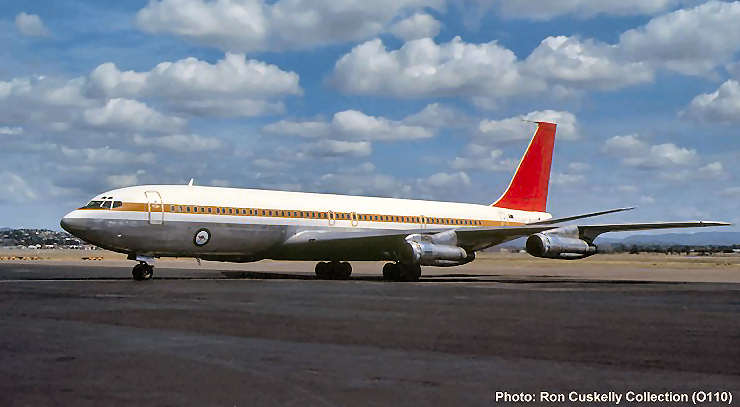
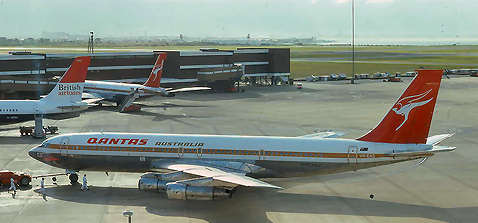 C
Strike on 26th March 1979. She returned to Sydney as QF16P with
4 pax on board, also casualties of the ATC Strike. They were BA staff. 4
days later she was removed from the Qantas Register.
C
Strike on 26th March 1979. She returned to Sydney as QF16P with
4 pax on board, also casualties of the ATC Strike. They were BA staff. 4
days later she was removed from the Qantas Register. 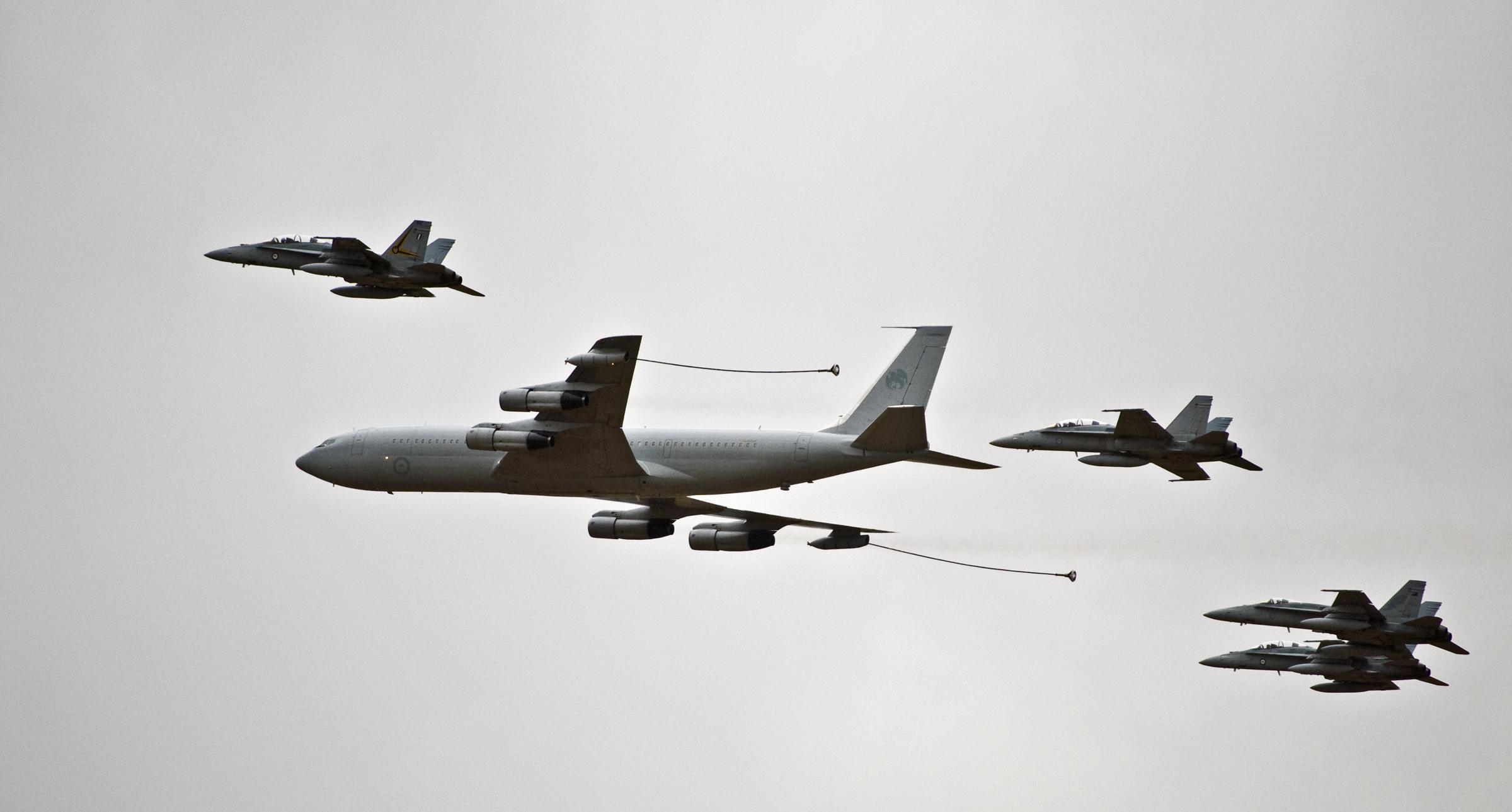 earmonth
the crew had set up for a left handed circuit at Pearce, with a final
approach towards the north for RWY 36R. We were setting up to join what we
thought was the downwind leg of the circuit, probably about 5nm north west
of the airfield, at about 3,000ft, when the crew noticed that the smoke
from a couple of scrub fires in the area indicated a pretty strong wind
contrary to that which had been forecast.
earmonth
the crew had set up for a left handed circuit at Pearce, with a final
approach towards the north for RWY 36R. We were setting up to join what we
thought was the downwind leg of the circuit, probably about 5nm north west
of the airfield, at about 3,000ft, when the crew noticed that the smoke
from a couple of scrub fires in the area indicated a pretty strong wind
contrary to that which had been forecast. 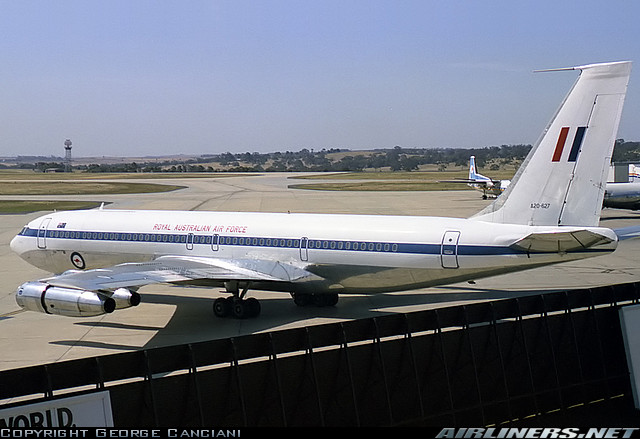
 obvious
reasons, used to buy a new pair of hand tooled leather boots at the
beginning of each new airplane’s test flying program, and so it was with
the Dash 80.
obvious
reasons, used to buy a new pair of hand tooled leather boots at the
beginning of each new airplane’s test flying program, and so it was with
the Dash 80.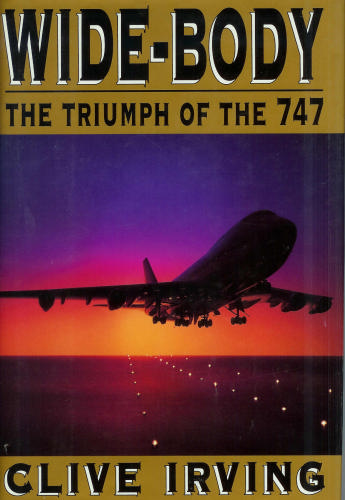 today, a book called “Wide Body – the Triumph of the 747” by Clive Irving
is worth a read. It acknowledges the pioneering role of the 707 in
introducing into civil aircraft many of the gadgets we take for granted
today, podded engines, plug doors, yaw dampers, variable incidence
horizontal stabilizers and Kreuger flaps are just a few that spring to
mind.
today, a book called “Wide Body – the Triumph of the 747” by Clive Irving
is worth a read. It acknowledges the pioneering role of the 707 in
introducing into civil aircraft many of the gadgets we take for granted
today, podded engines, plug doors, yaw dampers, variable incidence
horizontal stabilizers and Kreuger flaps are just a few that spring to
mind.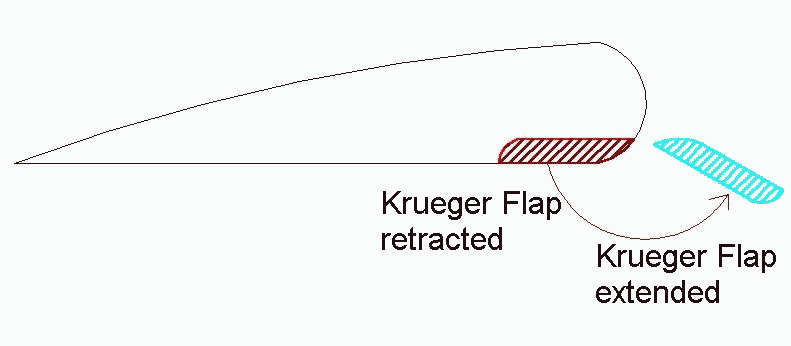
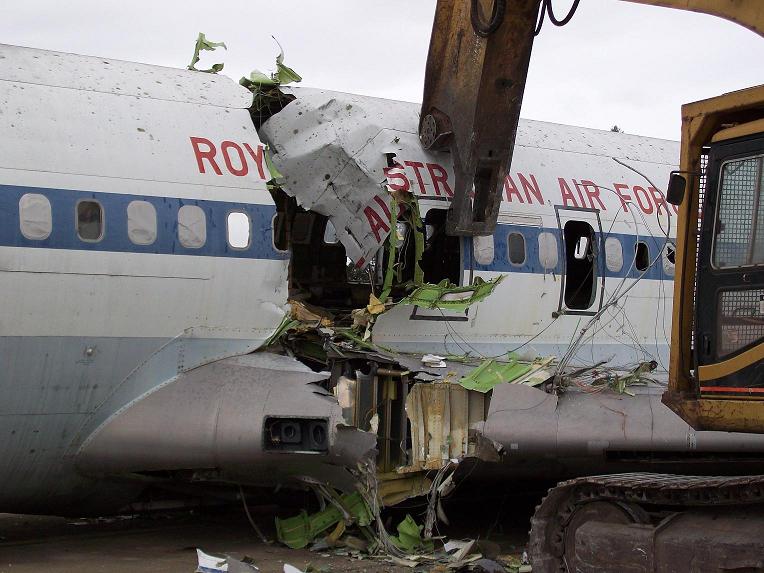
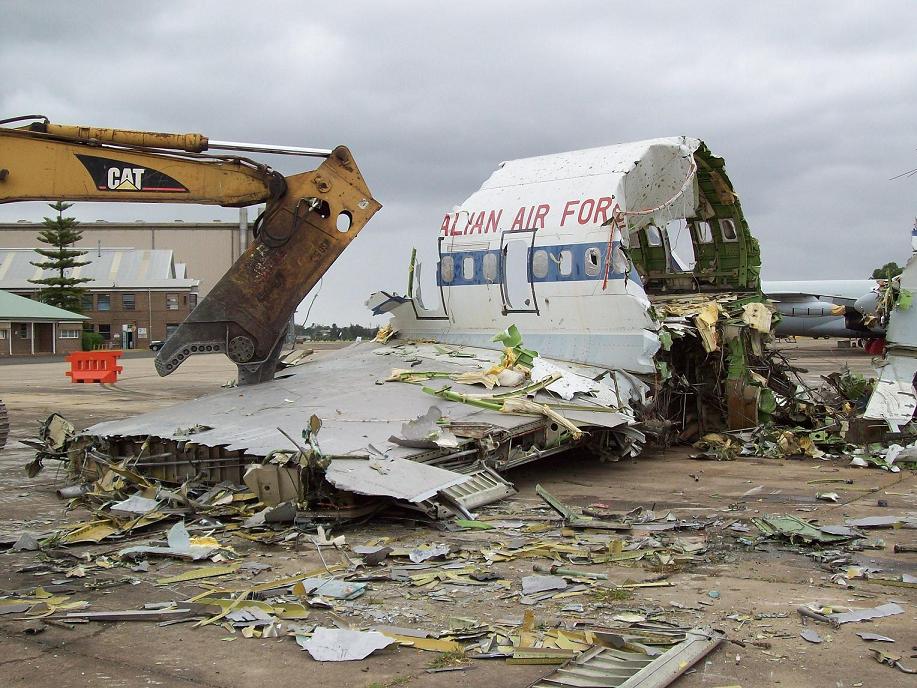
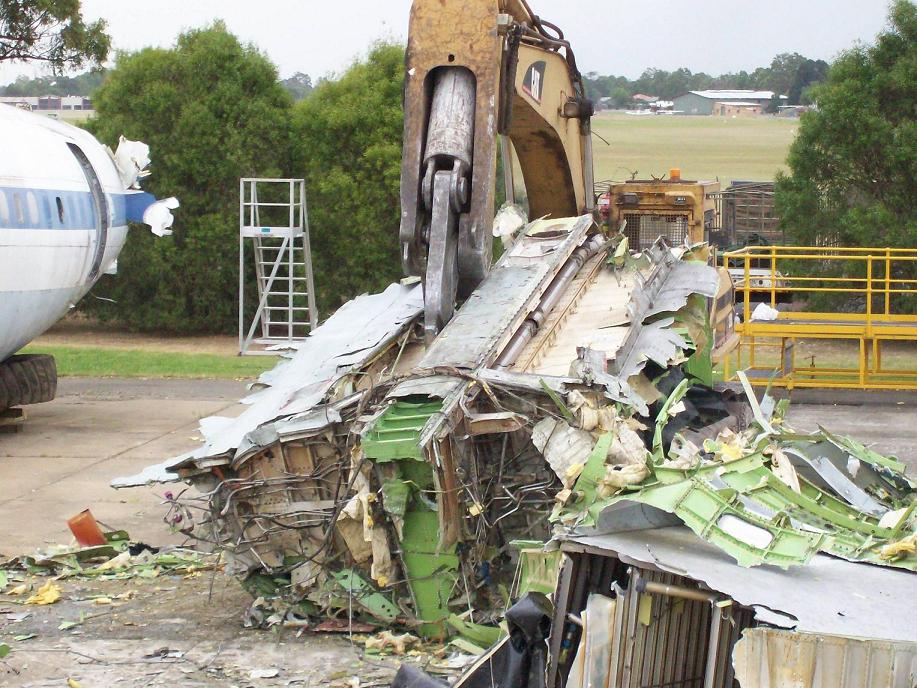
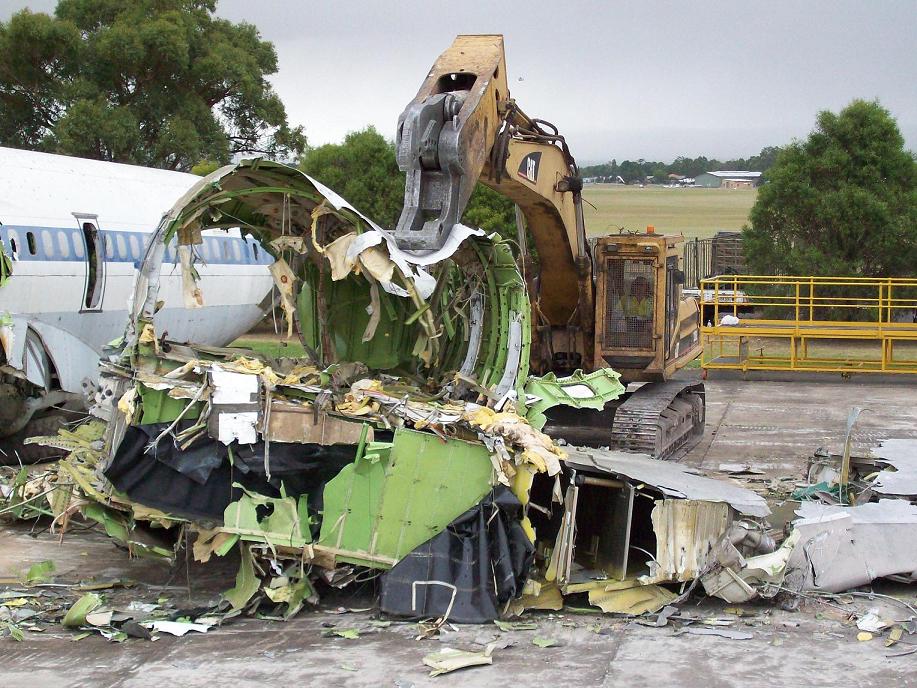
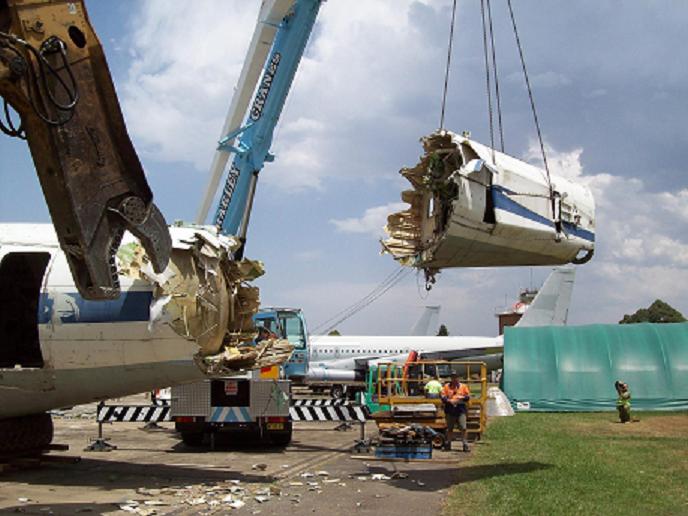
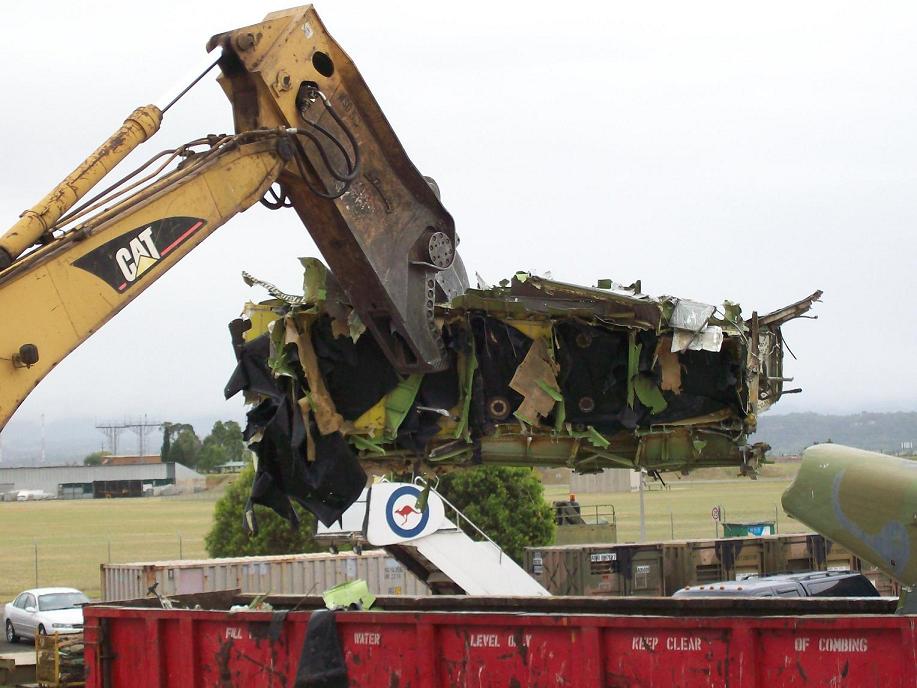
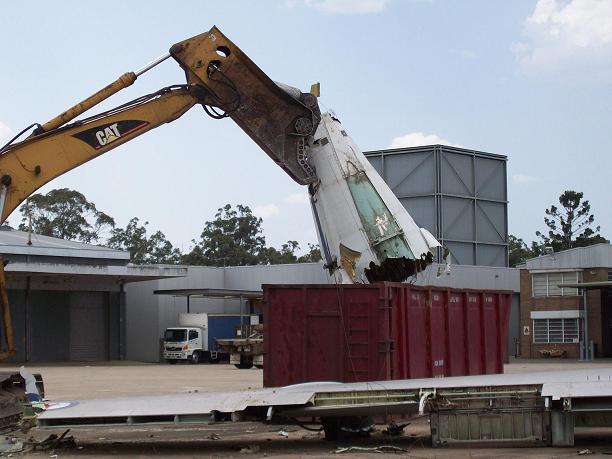

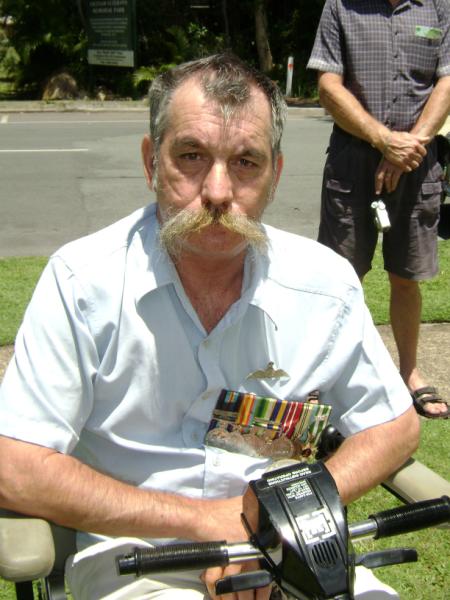
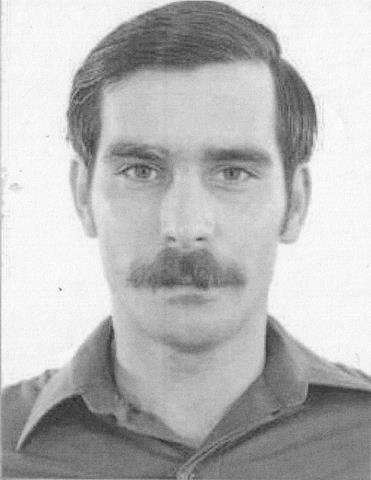
.jpg)